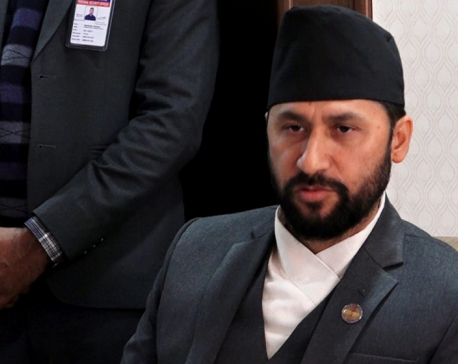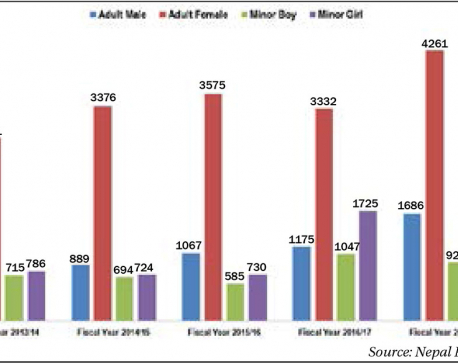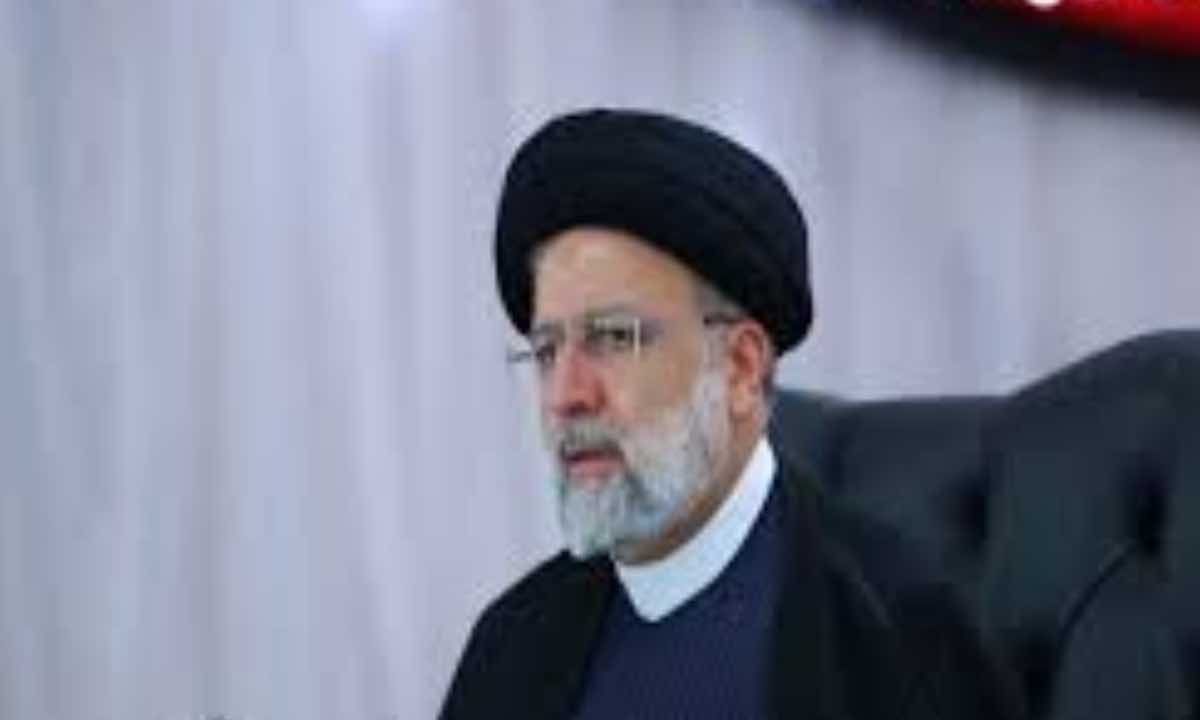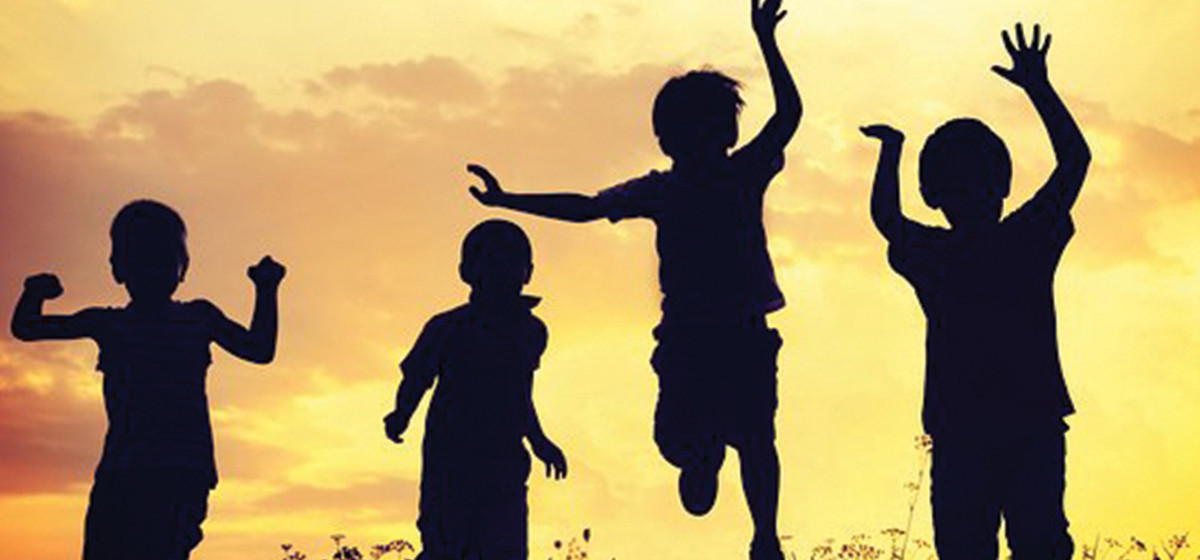
OR
Nepal Police, exercise restraint
Published On: December 11, 2019 10:21 AM NPT By: Republica | @RepublicaNepal
Nepal Police is usually the first security organ to be mobilized to maintain law and order. They are the ones who successfully control crowd, who reach the accident, flood and landslide sites first to rescue victims. And they receive good amount of acclaims for risking their lives to save those of others. But on one particular aspect, Nepal Police does not seem to have improved its way. They are not exercising restraint when they have to control crowds or protestors. The men in blue uniform usually quickly react, or overreact, either by beating up whoever is within their reach or sight, or even shooting the people. This ugly trait has earned much defamation to the police organization. Police have become the subject of heavy public criticisms over the last two days, again, because of its mishandling of crowds.
Police has been accused of mercilessly beating up young students in Nepalgunj on Sunday while the students were protesting over the incident of a truck driver crushing one of their friends on the road. Soon the angry students gathered and reportedly set the truck on fire. Then police threw teargas canisters and even shot—injuring some. The images of police personnel beating up young students went viral in social media, inviting outrage from all sectors. Similar incident recurred on Tuesday, the last day of South Asian Games. Police personnel were seen to kick youths, protesting after not getting tickets to watch football match scheduled for the day, indiscriminately. In that manhandling, Suman Chapagain, a journalist affiliated with Nagarik daily, was also seriously injured and has been hospitalized. Chapagain was taking photos of the enraged football fans clashing with police at the time.
The police cannot kick people just for protesting. Some bit of persuasion can also convince people. Thrashing of journalists is equally condemnable. During demonstrations and protests, even in situation of cross-fires, police personnel take care that journalists are not harmed simply for reporting, photographing or filming the events. Nepal Police is found to have failed to observe this principle at times. Besides, police often resort to beating and thrashing. They are also accused of using indiscriminate force during 2015 protests in Tarai plains—shooting the protestors above knees and causing fatalities. Nepal Police won’t be able to make its policing effective, nor will it be able to earn public trust, if it does not change policing. Yes, police have to work in extremely delicate situation sometimes, and under huge pressure. Yet, they must learn to exercise restraint while dealing with delicate situation. Nepal Police has something called ‘Police My Friend’ program, the main objective of which is to make people feel police are there to protect the public, not put the public in harm’s way. Frankly, Tuesday’s incident has badly dented police image. Considering that Nepal Police has become the subject of criticisms in recent times, it is getting late for police institution to bring innovation in its policing strategy so that they could bring the difficult situation under control by causing no harm to the people.
You May Like This

Home Minister Lamichhane asks Nepal Police and APF for details of plain-clothes police personnel
KATHMANDU, Jan 5: Nepal Police and the Armed Police Force (APF) have been instructed to furnish the details of ‘ghumuwa... Read More...

US national arrested on charge of paedophilia from Pokhara
KATHMANDU, March 30: Nepal Police's Central Investigation Bureau (CIB) arrested a 66-year-old American national on charge of paedophilia, on Tuesday. Read More...

83 pc of missing persons are women or children
KATHMANDU, Dec 5: Data maintained by Nepal Police show that around 83 percent of the people who went missing in... Read More...









Just In
- By-Election: Voting underway in Ilam-2 and Bajhang-1(a)
- Save the Children report highlights severe impact of air pollution on children
- NATO Serving as a Catalyst to Fuel Violence
- Home Minister denies any delay in providing relief to wildfire and fire victims
- Ties with Tehran
- CM Kandel requests Finance Minister Pun to put Karnali province in priority in upcoming budget
- Australia reduces TR visa age limit and duration as it implements stricter regulations for foreign students
- Govt aims to surpass Rs 10 trillion GDP mark in next five years










Leave A Comment